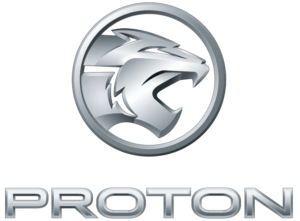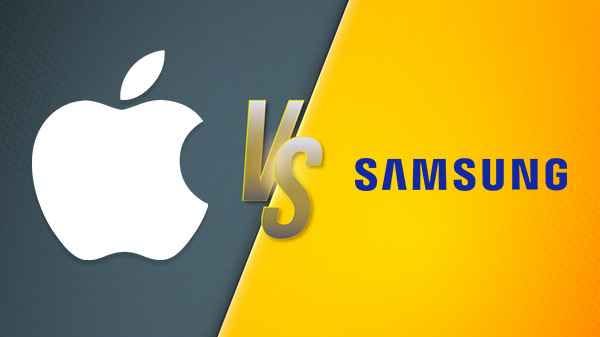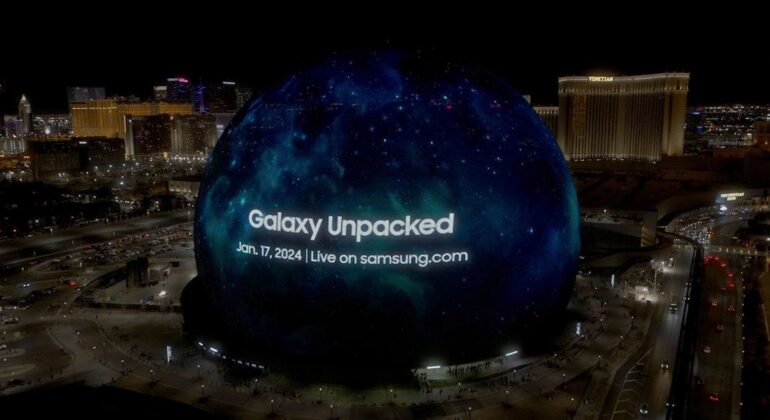Tips From TikTok To Maintain The Integrity Of Polls
Tips From TikTok To Maintain The Integrity Of Polls
February 7, 2024 / By Zunair Tahir / Tech News
Just two days remain until the general election. TikTok has published on its platform its efforts to fight false information and preserve election integrity, proving its steadfast commitment to preserving a trustworthy, genuine, and safe information environment at this crucial time.
In a statement issued on Monday, TikTok stated that it was “building on its robust global framework to combat misinformation, collaborating with internationally recognized fact-checking organization Agence France-Presse (AFP) as its fact-checker to specifically address the Pakistani electoral context.”
In order to maintain the integrity of the platform, TikTok also collaborates closely with regional community partner organizations in Pakistan.
Through these collaborations, TikTok is able to recognize possible disinformation, address it, and provide its community with correct information on significant occasions.
Although TikTok’s fact-checking partners don’t control material on the site, their evaluations offer insightful feedback that supports the app in following community standards and taking the necessary action, the statement continued.
Innovative product features are part of TikTok’s objective to increase user knowledge and engagement in preserving the integrity of the site.
The Pakistan Election Center, a dedicated hub that is accessible in both English and Urdu, has been created by the app on the platform. It will guide users to reliable sources of information on the election, such as polling places and processes.
Furthermore, users will be empowered to quickly recognize and report potentially false information with the use of simple reporting tools.
An alert and responsible community is fostered by this user-centric approach, which is important during election season.
Additionally, TikTok is dedicated to increasing user knowledge through the provision of instructional materials and in-app tutorials. With the help of these programs, the community will be better able to identify reliable sources of information, which will encourage informed voting.
One of the main facets of TikTok’s disinformation warfare approach is the enforcement of its Community Guidelines, which are accessible in both Urdu and English.
The platform uses a multifaceted strategy that includes deleting content that breaks rules, rerouting search results to reliable sources, and decreasing the discoverability of unconfirmed information.
This all-encompassing strategy guarantees that the platform stays a secure environment free from damaging falsehoods about the election.































